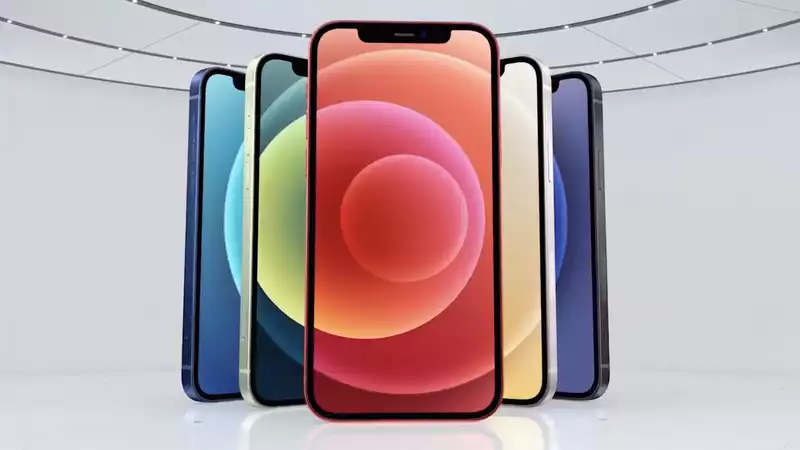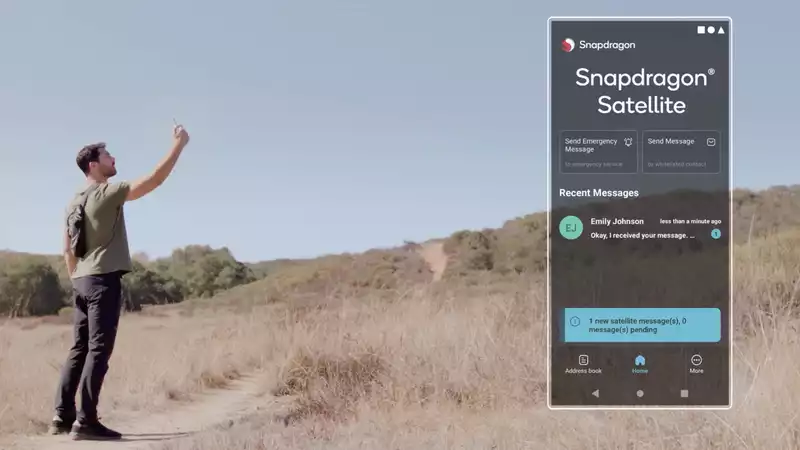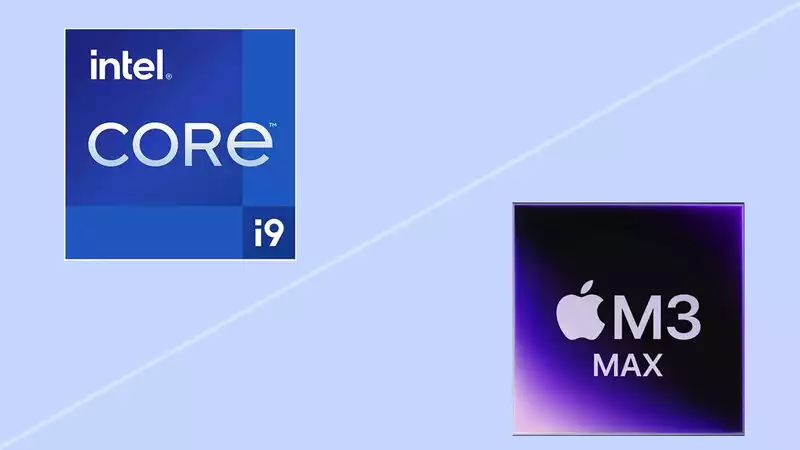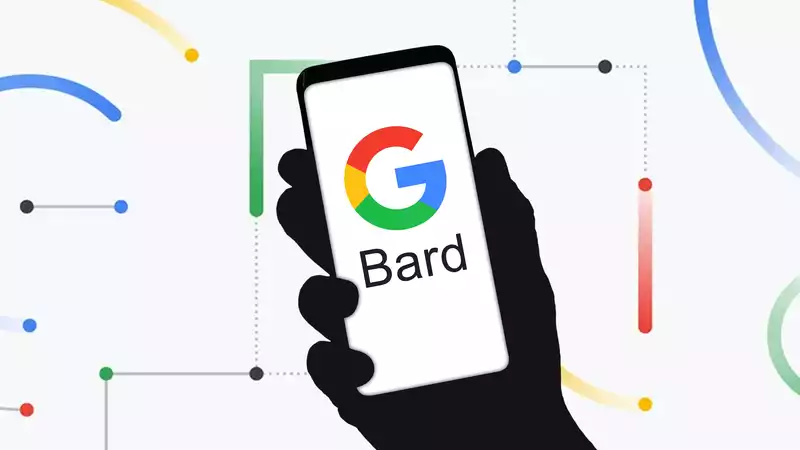Apple has not included Touch ID on its flagship devices since the iPhone 8 in 2017. The technology survived on some iPads and iPhone SEs, but Apple has instead stuck with Face ID on its top-end devices.
Overall, it works well, but if the use of face masks is going to continue for the foreseeable future, some sort of fingerprint detection as a backup would certainly be welcome. And Apple has not given up on fingerprints as a form of biometric authentication, and is reportedly working on a new form that could make a comeback in time for the iPhone 13.
Two well-known Apple leakers got together on Twitter to paint the whole picture. First, @L0vetodream tweeted the enigmatic four words "MESA uts for iPhone." Then John Prosser translated: "'MESA' is Touch ID," he tweeted." Uts" is "under the screen."
In other words, it appears that Apple is trying to put its own quaint under-screen fingerprint reader on the iPhone. This technology has been available on flagships from OnePlus, Samsung, and others for several years, but Apple has resisted so far.
This is not the first time that Apple may be testing in-screen biometrics; in July, "Through-Display Optical Transmission Reception, or Sensing Through Micro-Optic Elements," an Apple patent on "Elements" surfaced. This patent described how Apple could selectively get enough light to the fingerprint sensor through apertures that direct light around translucent and opaque components.
This was accompanied by a second patent, "Optical Fingerprint Detection System," which described Apple's solution to the problem affecting fingerprint readers under the screen of OLED displays. These displays are generally found on all iPhone 12 models and are favored for their deep blacks and perfect contrast, but at low temperatures, the in-screen fingerprint reader can struggle due to the panel's reaction to cold conditions.
"A temperature-corrected signal reading can be generated by subtracting the first reading from the second reading," the patent states, outlining technical details such as voltage specifications and the physical construction of the sensor.
Of course, patents are no guarantee of a company's direction, and there are many Apple applications that will never become commercial products. Nevertheless, there is no doubt that Apple can offer more options for biometric security without compromising the edge-to-edge display with an ugly bezel. If this really works, it could replace Face ID and eliminate the need for the iPhone's signature notch.
But it won't be the iPhone 12. Apple's latest device was just announced this week and includes a notch. Improvements include 5G connectivity, improved wireless charging with MagSafe, and new toughness with the Ceramic Shield glass display. All of this, plus the A14 Bionic chip, promises improved everyday performance.










Comments